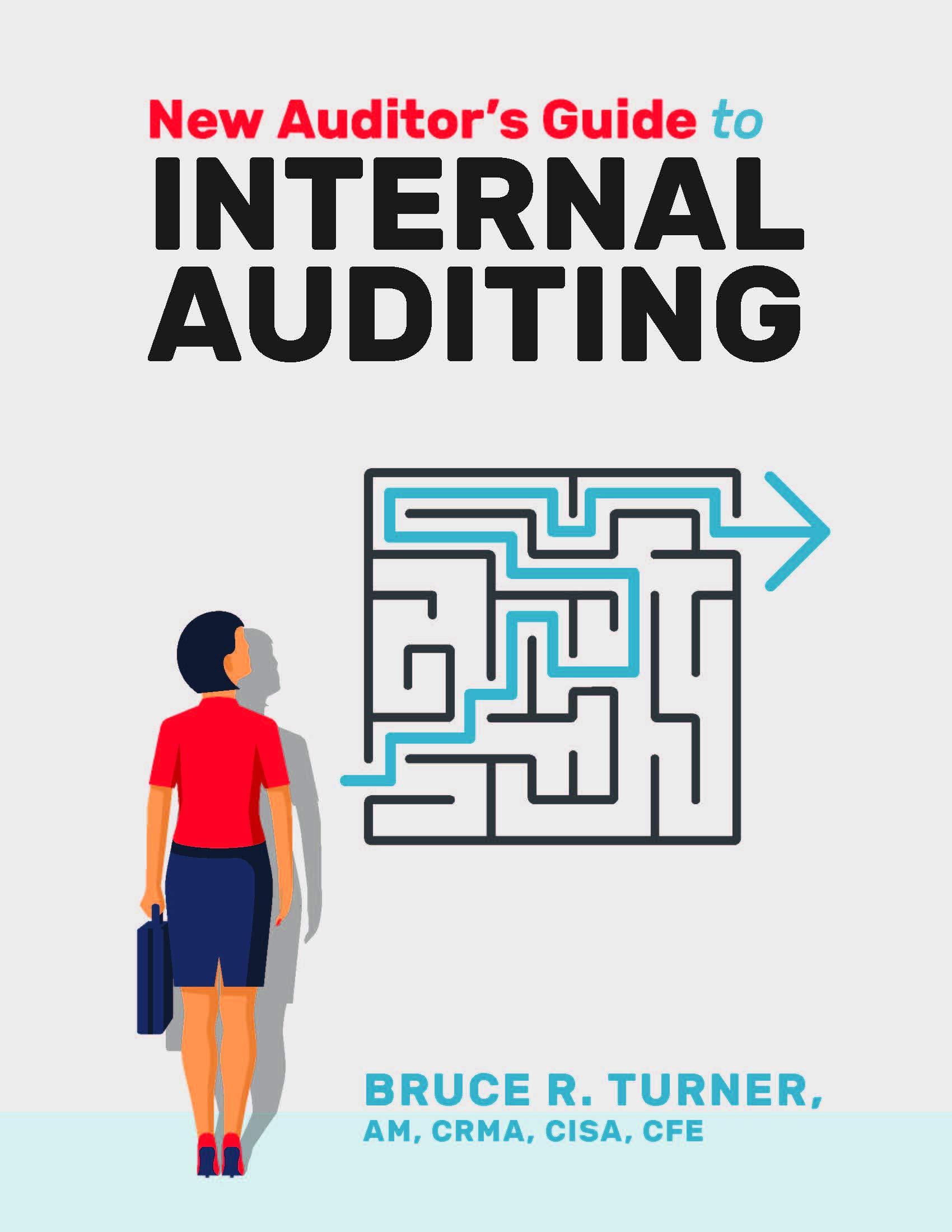Question
accounting question Part A (a) There is one asset that appears in the consolidated balance sheet of the group but probably does not appear in
accounting question
Part A
(a) There is one asset that appears in the consolidated balance sheet of the group but probably
does not appear in the parent entitys or subsidiary entitys separate financial statements, and
there is also one asset that will appear in the balance sheet of the parent entity but will not
appear in the consolidated financial statements. Name these two assets.
(b) What is the primary criterion for determining whether or not to consolidate an entity?
Briefly explain this criterion.
Part B
Parent Ltd acquired equity in Subsidiary Ltd on 1 April 2009. At that date the identifiable net
assets were considered to be fairly valued and the equity of Subsidiary Ltd comprised:
Share capital
$100,000
Retained earnings
30,000
Nine years later Parent Ltd is preparing consolidated financial statements for the financial
year ended 31 March 2018 and has gathered the following information:
?
Prior years impairment of total goodwill amounted to $26,000. For the current year
ended 31 March 2018 the directors of Parent Ltd believe that the total goodwill has
been further impaired by $4,000.
?
During the financial year ended 31 March 2017 Subsidiary Ltd made sales to Parent
Ltd of $30,000 and recorded a profit of $5,000. Parent Ltd had not sold this purchase
of inventory as at 31 March 2017.
?
During the financial year ended 31 March 2018 Parent Ltd made sales to Subsidiary
Ltd of $7,000 and recorded a profit of $3,200. This purchase remained in the
inventory of Subsidiary Ltd as at 31 March 2018.
?
Subsidiary Ltd billed Parent Ltd $2,100 for consulting advice provided on 25 March
2018. This transaction had been recorded by both entities; it remained unpaid as at 31
March 2018.
?
The following account balances have been extracted from the financial statements of
Subsidiary Ltd at 31 March 2018:
$
Profit after tax
60,000
Retained earnings-opening balance
40,000
Dividends declared and paid
15,000
Retained earningsclosing balance
85,000
Share capital
100,000
Required:
(a) Assume Parent Ltd acquired 100% of the equity in Subsidiary Ltd for $200,000 on
1 April 2009. Complete the consolidation worksheet in the answer book for Parent
Ltd for the financial year ended 31 March 2018 in accordance with NZ IFRS 10 and
NZ IFRS 3. Other relevant information about intercompany transactions are provided
in the consolidation worksheet.
(b) Assume Parent Ltd only acquired 80% of the equity in Subsidiary Ltd for $160,000
on 1 April 2009. Prepare the notional journal entry as at 31 March 2018 to identify the
non-controlling interest (NCI), in Subsidiary Ltd, to be reported in the group accounts
in accordance with NZ IFRS 10 and NZ IFRS 3. The directors of Parent Ltd require
the non-controlling interest in Subsidiary Ltd to be measured at the non-controlling
interests proportionate share of the Subsidiary Ltds identifiable net assets i.e. not at
fair value. Workings must be included in your notional journal entry.
(c) Assume Parent Ltd only acquired 80% of the equity in Subsidiary Ltd for $160,000
on 1 April 2009. Calculate the amount at which the group equity account NCI would
be reported at in the consolidated financial statements, as at 31 March 2018, in
accordance with NZ IFRS 10 and NZ IFRS 3, if the directors of Parent Ltd required
the NCI to be measured at fair value. Workings must be included.
Step by Step Solution
There are 3 Steps involved in it
Step: 1

Get Instant Access to Expert-Tailored Solutions
See step-by-step solutions with expert insights and AI powered tools for academic success
Step: 2

Step: 3

Ace Your Homework with AI
Get the answers you need in no time with our AI-driven, step-by-step assistance
Get Started


